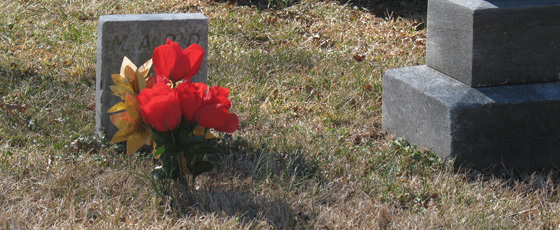Famous people have been through the area. Oliver Wendell Holmes was stationed at Fort Reno and referred to the area as “Ten Alley Town.” Dolley Madison watched DC burn from Tenleytown and may have overnighted here. Edward Braddock and George Washington passed through in 1755 on their way to Fort Cumberland, and further east, military failure.
Wisconsin Avenue, from Georgetown to Tenleytown, has been a city street since 1809. But most of the streets were planned after 1897. Some of these schemes were grandiose. For example, in 1901, the city considered tunneling Rock Creek from Adams Morgan to the C&O Canal and building a “parkway” on top. One of the other tunneling proposals put Foundry Branch in a pipe and ran a road to be named Arizona Ave on top of it.
Idaho Ave was supposed to be a much grander thoroughfare before the 1960s, when they gave up on it. It would have intersected Connecticut at Yuma Street. There was supposed to be a circle at Idaho and Reno, north of Tilden. Most shamefully, they dropped a plan to build Hamilton Circle at Idaho and Mass Aves.
Fort Reno Park should have been more developed than it is now. In addition to a Fort Circle plan, the McMillan Commission planned for another parkway up Soapstone Valley and over to Dalecarlia. Until the 30s, Military Road was called Keokuk St. and Grant Road was called Military Road. There was also a Xenia St.
Much weirder stuff below the fold.
Neighborhoods have changed a little bit over time. The area northwest of Tenleytown was referred to as “Mt. Airy.” Tobago was listed as “Colorado Heights” in 1919. Reno was called “Number 10” by some of its Black inhabitants. At some point, there was a park at River and Wisconsin, called Gloria Point Park. Also, North Cleveland Park has been referred to as Armsleigh Park and “Gizor.” Gizor was the name of one of the farm tracts… but where the hell did that come from?
Belt Road is named after a Col. Belt, who built a grange called “Cheviot Chase.” Other than taking the name from the farm and taking the homes from the residents of Reno City, that’s all the history the CCLC cared for. In a bright moment, they cleared two graveyards (without removing the bodies, obvi!) for Chevy Chase Parkway. Some foundation work near Oliver Street uncovered the Belt family, apparently.
The top of Fort Reno was originally meant to have tennis courts on over the water tanks. That plan got the kibosh in 1941, when the area was fortified. The government never gave up the land, building a third tower on the hill. Until recently the story about the third tower in Fort Reno was that it “supplied water to the White House.” Other people have shown that it was known as the Cartwheel facility, part of an emergency communication system built during the 1950s, but now it’s “administered by the FAA.”
Finally, in 1945, the city entertained a plan to make the area that would become Hawthorne into an office park. More recently, there was a Tad Dibiase who represented ANC 3E. This is why that is amusing.
And at some point this week, I’ll publish a list of things Tenleytowners have opposed. I’ll probably miss some things.


1 thought on “The Gizorans of Washington and Other Miscellany”